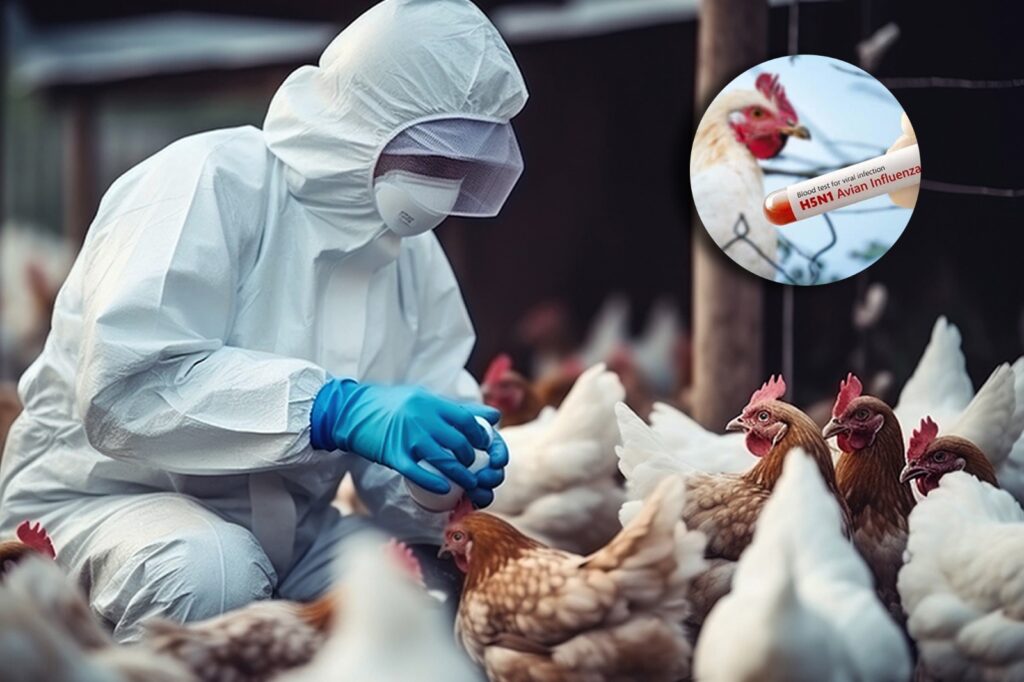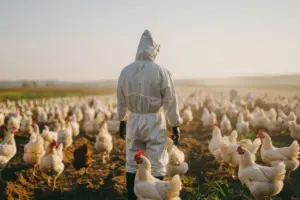
An international group of virologists from over 40 countries has raised alarm over the rising cases of the H5N1 bird flu virus in the United States.
Urging the Trump administration to ramp up efforts, the Global Virus Network warned that the virus’s continued presence in mammals heightens the risk of mutations that could lead to human-to-human transmission.
The H5N1 bird flu has impacted over 1,000 US dairy herds since March 2024, with over 70 human infections and at least one confirmed death. It has also resulted in the loss or culling of more than 168 million poultry in the US since 2022.
Also Read | Bird Flu vs COVID-19 vs Influenza: Understanding the Risks and Severity
The scientists called on the government to enhance surveillance, implement biosecurity measures, and prepare for potential person-to-person spreads. It has also asked the government to accelerate the release of genomic data to track virus evolution and spatial transmission.
“Understanding the current landscape of H5N1 infections is critical for effective prevention and response,” said Sten H Vermund, MD, PhD, chief medical officer of the GVN and dean of the USF Health College of Public Health at the University of South Florida, USA. “The virus’s ability to infect both animals and humans, combined with recent genetic changes, underscores the importance of proactive surveillance and rapid response measures.”
The researchers have called for self-administered diagnostic tests for farm workers and increased funding and support for response mechanisms. It has also urged the government to speed up the deployment of vaccines for humans and animals, focusing on farm workers.
According to the Centers for Disease Control and Prevention (CDC), there is still minimal threat to the public in spite of the outbreak. However, the CDC has urged poultry and farm workers to take adequate preventative measures.








